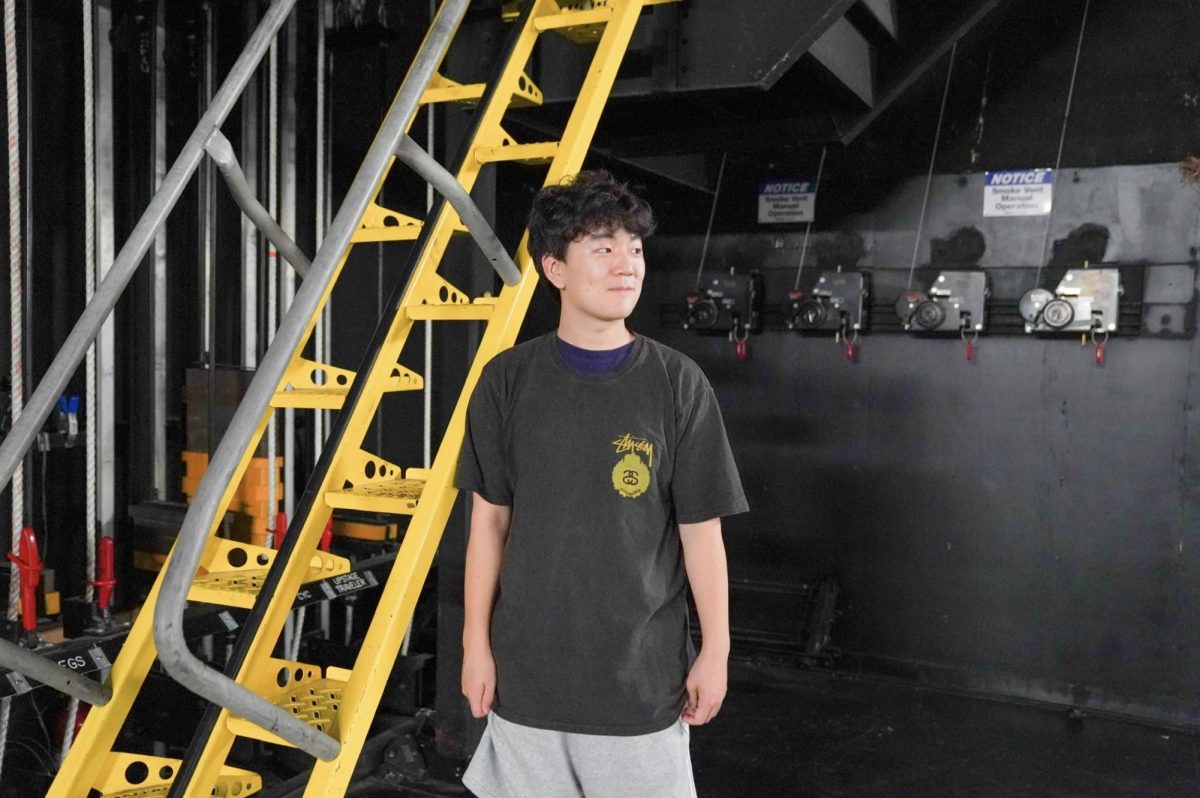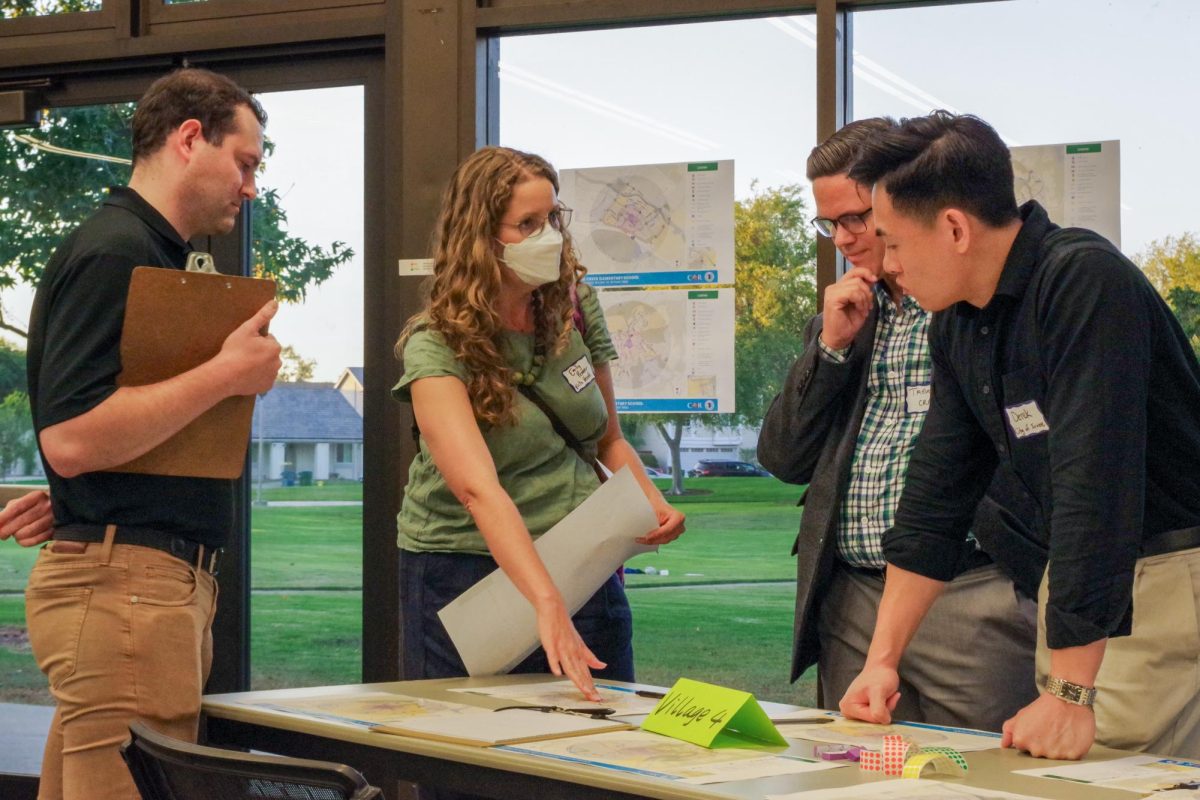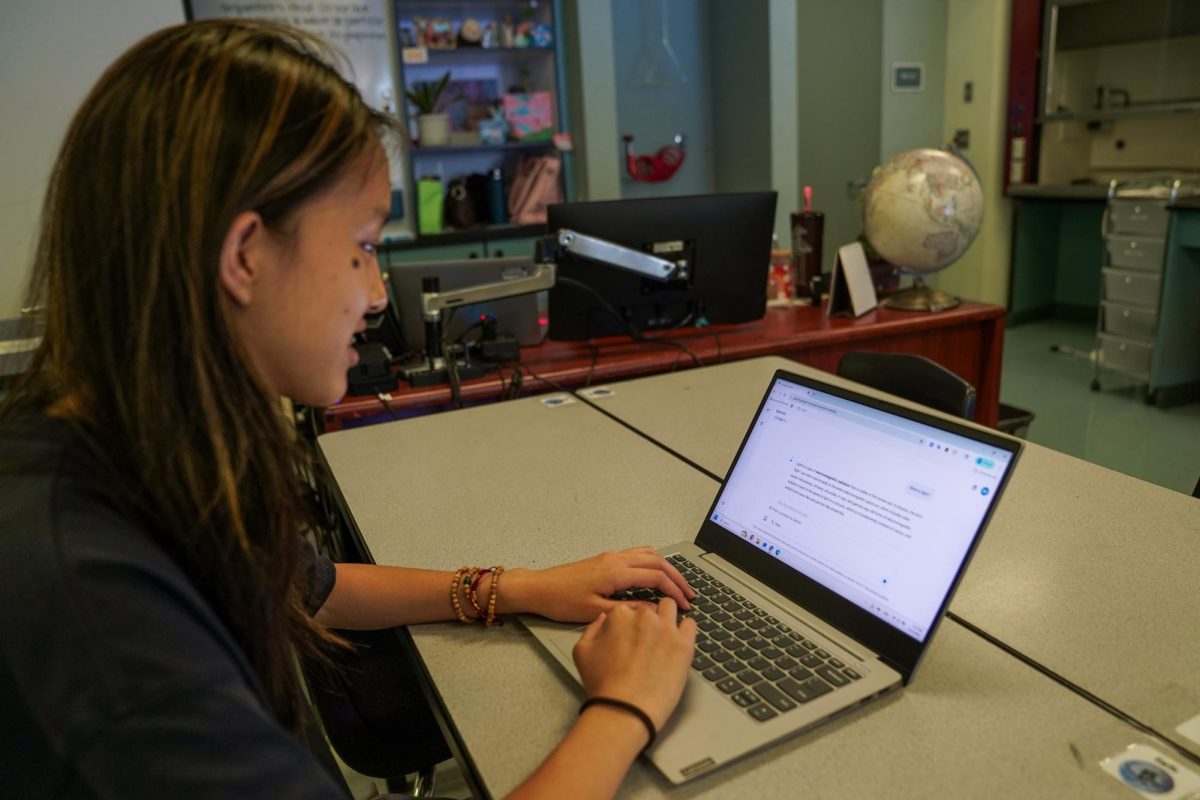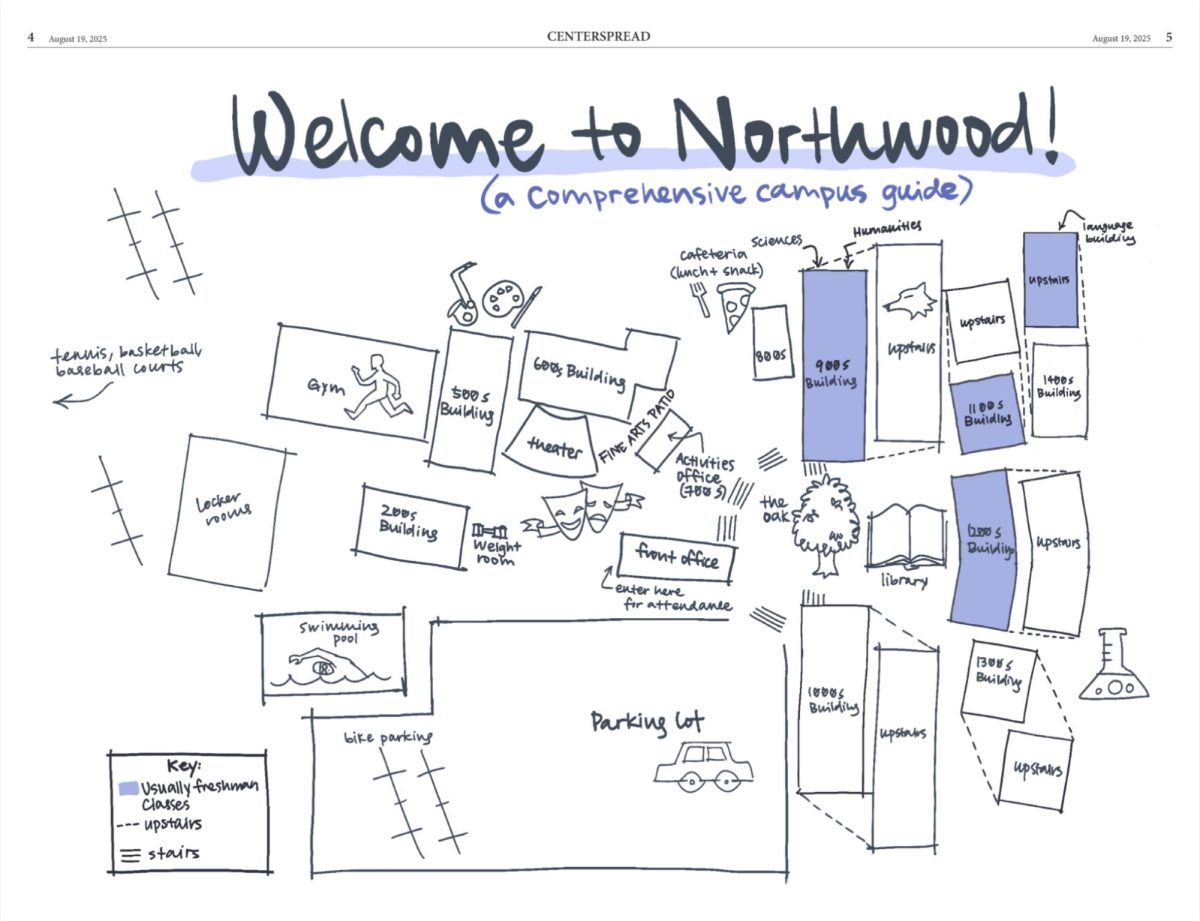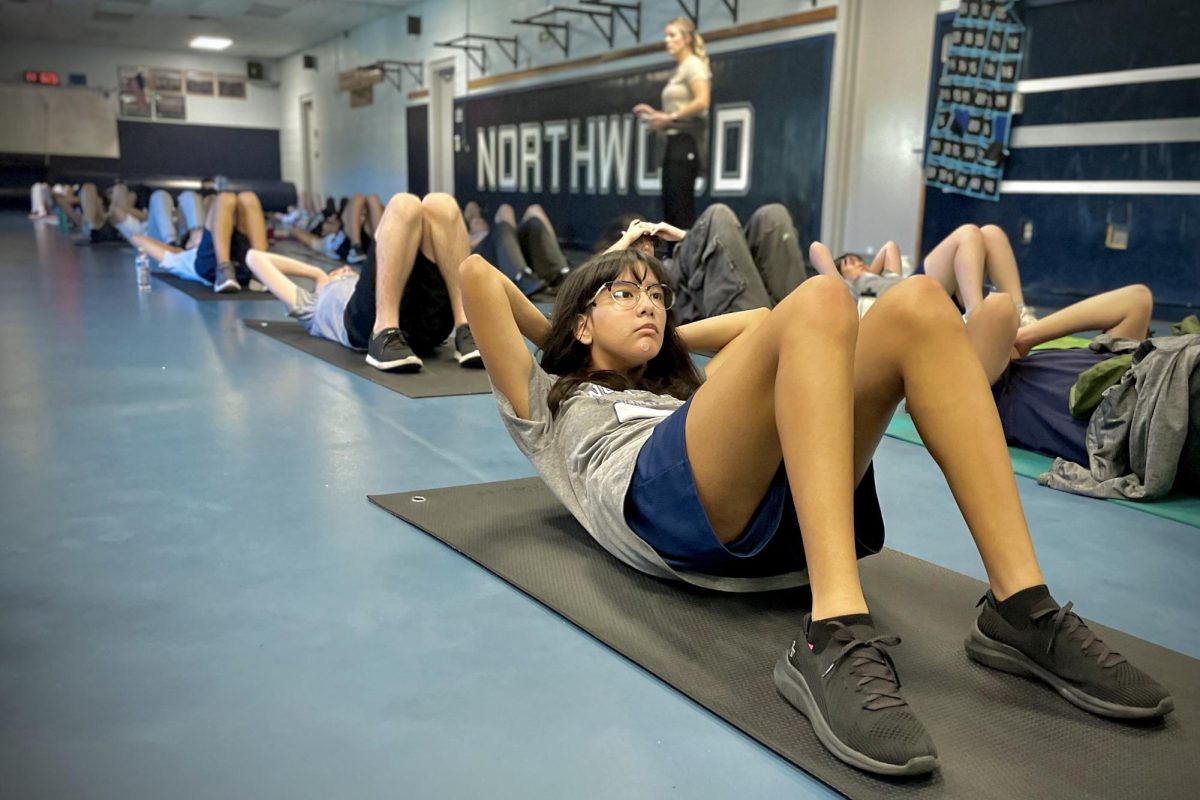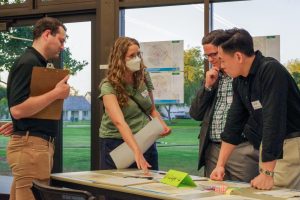The butterfly effect of gratitude
UNKNOWN RIPPLES: To be grateful has so many positive side-effects that you may not ever consciously notice, but will enrich your and others’ lives.
February 17, 2023
Gratitude. A noun that, in essence, means to be thankful.
A study by the University of California, Berkeley concluded that gratitude is “other-oriented,” meaning that humans have a natural inclination to do nice things for others. For some, this could mean acts of service such as writing a “thank you” note or simply saying “have a great day.”
Choosing gratitude can change our whole perspective on life and can result in a host of positive health and mindset changes.
Author of “The Thank You Project” Nancy Davis Kho recognized that gratitude is simply practicing the act of “positive recall bias.” In essence, this means taking time to reminisce on why you are thankful for life rather than constantly recalling negative memories.
“Strengthening your positive recall bias makes it easier to see the good things around you even when times are dark,” Kho said in her novel.
The traditional definition of the butterfly effect is how actions and attitudes can affect much more than ourselves in one moment in time. When we allow ourselves to be influenced by the good things in life and use them as a catalyst for setting our attitude for the rest of the day, we are putting positive energy into the world and rejecting toxicity.
Choosing to focus on what you are grateful for also increases the amount of oxytocin in the body—the “love” chemical that helps to lower anxiety and increase feelings of happiness.
However, gratitude doesn’t make the brain ignorant to hardships as some might think; it simply channels one’s focus to search for the flicker of light in our darkest nights.
An easy way to practice gratitude is to begin each morning by writing three things down in a journal that you’re thankful for. This could be anything: your family’s unconditional love and support, getting to hang out with your best friend, the fact that your teachers didn’t assign homework or how you got a full eight hours of sleep.
Another way to practice gratitude is to speak positive affirmations about yourself. It’s easy to feel grateful for other people, but it’s a challenge to be grateful for what you can do and what you have done for yourself. I challenge you, each day, to spend five minutes staring at yourself in the mirror and saying five positive things about yourself. Being grateful for your body can increase your daily attitude and appreciation for others, leading to a stronger butterfly effect.
So next time there’s a storm cloud in your mind, take a moment to recognize the good things in your life; let the sunshine of gratitude chase away the rain and feel the butterflies in your stomach that remind you “hey, life is good.”

